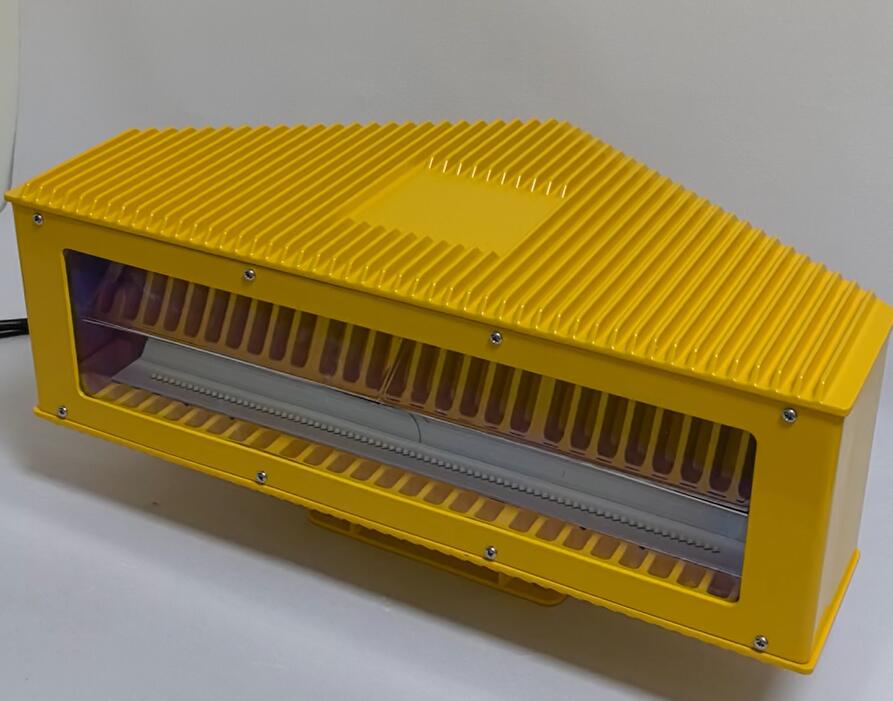Posted: 2024-08-08
Aviation light for towers is an indispensable element in the field of aviation safety. These lights serve a vital purpose in preventing potential accidents and ensuring the smooth operation of air traffic.
Towers of various kinds, such as radio towers, observation towers, and industrial towers, can pose significant risks to aircraft if not appropriately marked. Aviation lights are installed on these structures to make them visible to pilots from afar, providing crucial visual cues for safe navigation.
The design and functionality of aviation lights for towers are based on precise scientific and engineering principles. The intensity and pattern of the light emissions are carefully calibrated to meet international aviation standards. This ensures that the lights are visible under a wide range of conditions, including during both day and night, and in different weather scenarios.
| Aviation Light for Towers | 45 |
| FG | ERT |
The types of aviation lights for towers can vary. There are steady-burning lights that provide a constant illumination, as well as flashing or strobe lights that catch the attention more effectively. The choice of light type depends on the height of the tower, its location, and the surrounding environment.

For example, taller towers might require more intense and distinctive lights to be visible from greater distances. In areas with a high density of air traffic, the clarity and distinctiveness of the aviation lights become even more crucial.
The importance of maintaining these lights in perfect working condition cannot be overemphasized. Regular inspections and maintenance schedules are in place to ensure that the lights are functioning properly at all times. Any malfunction or failure of the aviation lights could have serious consequences, potentially leading to mid-air collisions or other aviation incidents.
Moreover, the technology used in aviation lights for towers is constantly evolving. New advancements in LED technology, for instance, have led to more energy-efficient and longer-lasting lights. This not only reduces operational costs but also enhances the reliability and performance of the lighting systems.
In addition to their primary role in safety, aviation lights for towers also have implications for environmental and aesthetic considerations. Efforts are made to minimize the impact of these lights on the surrounding environment and to ensure that they do not cause excessive light pollution.
Aviation light for towers is a critical aspect of aviation safety that demands attention to detail, adherence to strict standards, and continuous technological innovation. By providing clear and visible markings for towers, these lights contribute significantly to the safety and efficiency of air travel, safeguarding the lives of countless passengers and the integrity of the aviation industry as a whole.
It is the responsibility of aviation authorities, tower operators, and maintenance teams to work together to ensure that the aviation lights for towers are always in top condition, illuminating the skies and guiding pilots safely on their journeys.